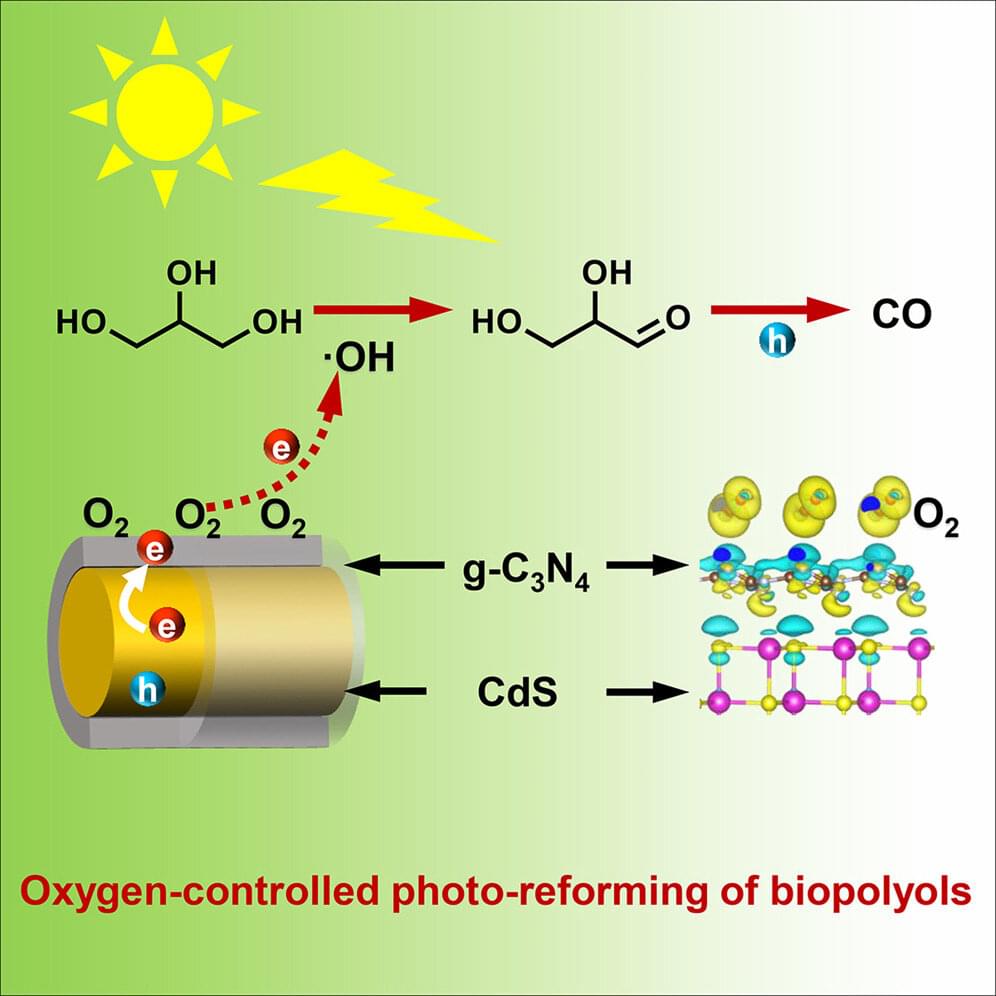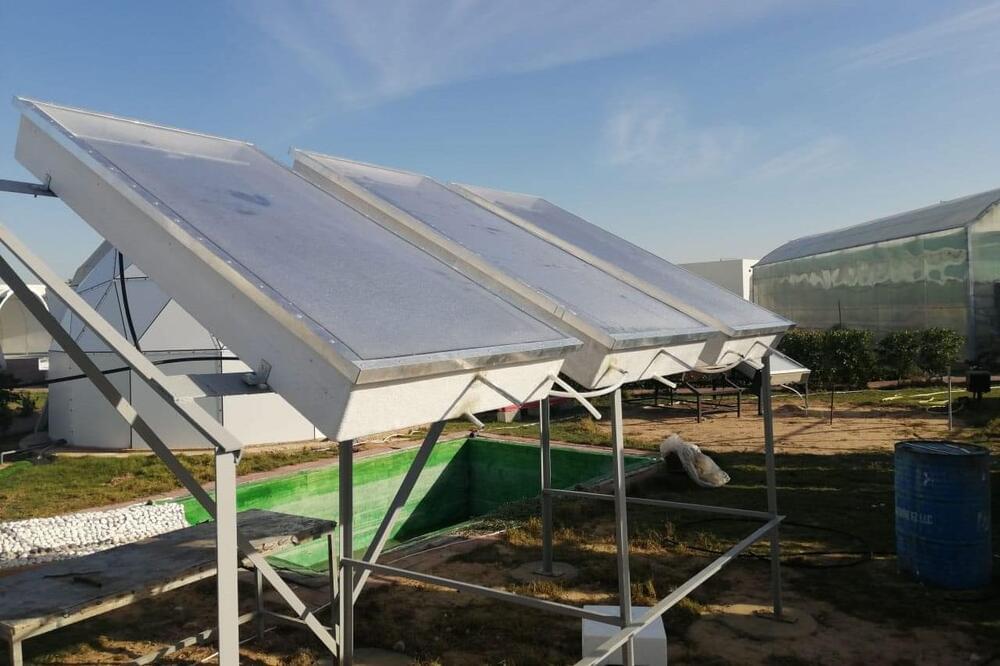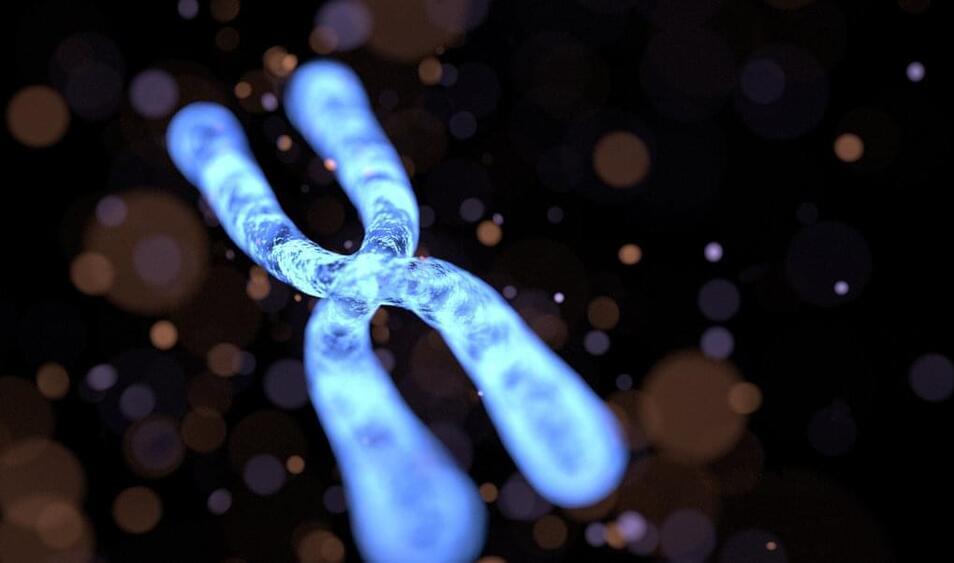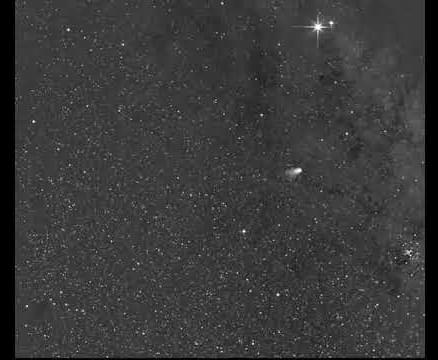Cazenovia High School student Rio Harper taught his computer, using Artificial Intelligence — or A.I. — to create a variety of images. He has made mney off of the creations, and has developed ideas about how A.I. might shape his, and our, futures. Syracuse University Audio Production students T. Michael Collier and Cole Strong have this profile.
Syngas is an important feedstock for modern chemical industries and can be directly used as fuel. Carbon monoxide (CO) is its main component. Direct conversion of widespread renewable biomass resources into CO can help to achieve sustainable development.
Conventionally, bio-syngas is mainly produced through thermal-chemical processes such as pyrolysis, steam reforming or aqueous reforming, which require high temperature and consume a lot of energy.
Recently, a research team led by Prof. Wang Feng from the Dalian Institute of Chemical Physics (DICP) of the Chinese Academy of Sciences, in collaboration with Prof. Wang Min from Dalian University of Technology, developed a new method to directly convert bio-polyols into CO.
Astronauts on the International Space Station shared a festive message for people on Earth as they prepare to spend the holidays in orbit.
Expedition 66 crew members, including NASA astronauts Raja Chari, Thomas Marshburn, Kayla Barron, and Mark Vande Hei, ESA astronaut Matthias Maurer, and Roscosmos cosmonauts Anton Shkaplerov and Pyotr Dubrov, will be celebrating Christmas aboard the orbiting lab this year. The crew shared a special holiday message on Twitter, explaining what Christmas means to each of them and reflecting on childhood memories spent with family.
After centuries of failure, there is finally a way to use solar power to desalinate salty water, produce pure water for home and farm use and have housing in the raw desert.
The key energy driver is the Suns River desalination modules linked with Aquastill’s Membrane distillation – the process in which pure water is separated from contaminated water (salt water, for example) by means of evaporation through a membrane. The combination of Suns River and Aquastill brings productivity up to 50 liters/m2 or the equivalent of 6 times the solar energy input.
The venture is currently in the design phase to expand the 400 square meter demonstration site to produce 80 Cubic meters of pure water per day, expanding food production by 100 times. The site is off the electric grid and uses only solar and wind energy, meaning it has a zero carbon footprint. The demonstration site has been in operation for over two years.
Sometimes new medicine tastes bad but it works.
#decentralization #decentralisation #avoidthesinglepointoffailure #medicineforsociety #businessforsociety
Little planetary embryos formed these rocky worlds.
A new study suggests Earth and Mars formed from colliding material in the inner Solar System, which could shape planetary formation theories.
The targeted gene used for the edit is conserved across evolution, suggesting the technique could work in more animals than just mice.
More about “autonomous” (robot) vehicles.
The vehicle’s abilities were demonstrated on snowy terrain, at low temperatures, and in difficult road and weather conditions. The multi-purpose robotic platform is ideal for military units as it is designed to perform logistics, evacuation, reconnaissance and other special tasks.
It is engineered with low-pressure tires and built on a stable and durable transmission base. This base has amphibious properties, a long-range, and a low noise level while driving making it inconspicuous during military missions.
(July ‘21)
A wobble in the moon’s orbit will raise high tides even higher, exacerbating the devastating effects of sea-level rise.
Comet Leonard streaks across the field of view of the SoloHI telescope aboard ESA/NASA’s Solar Orbiter spacecraft on Dec. 17–19, 2021. The comet’s apparent backward movement is due to the spacecraft’s relative motion.
Credits: ESA/NASA/NRL/SoloHI/Guillermo Stenborg









